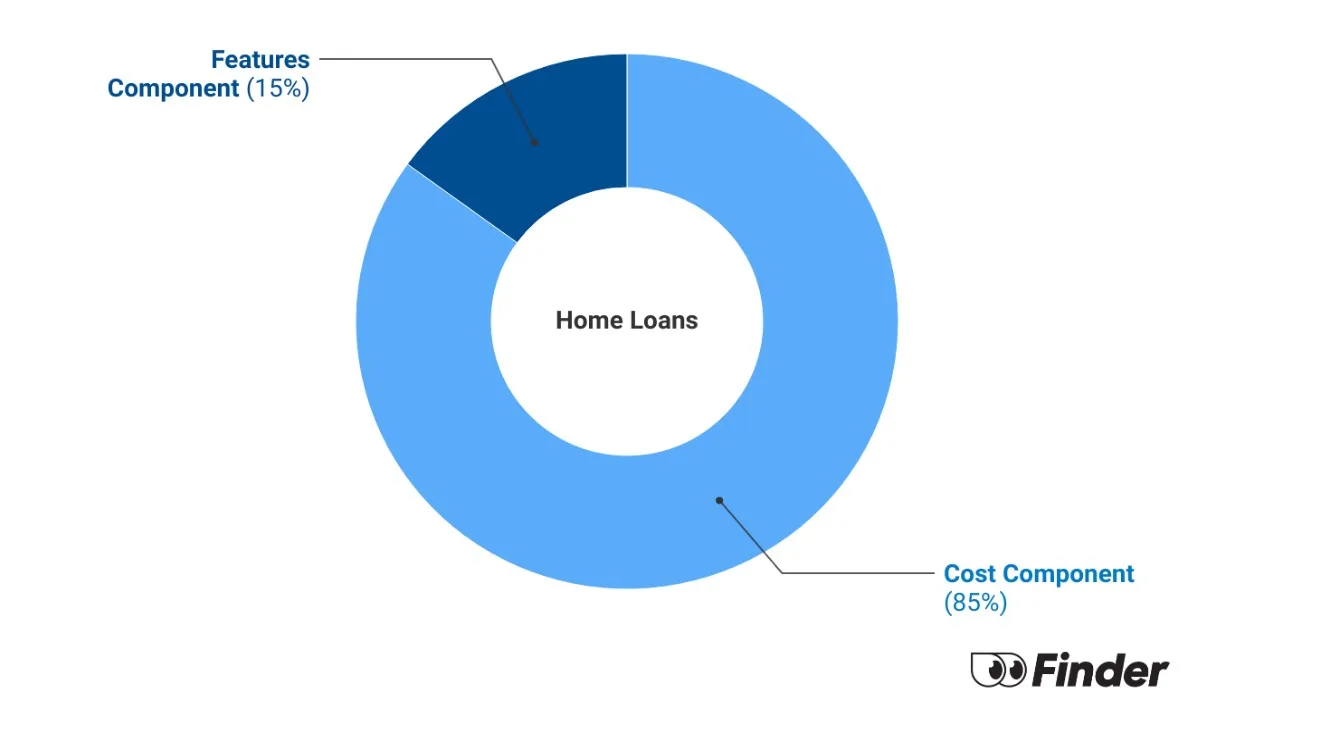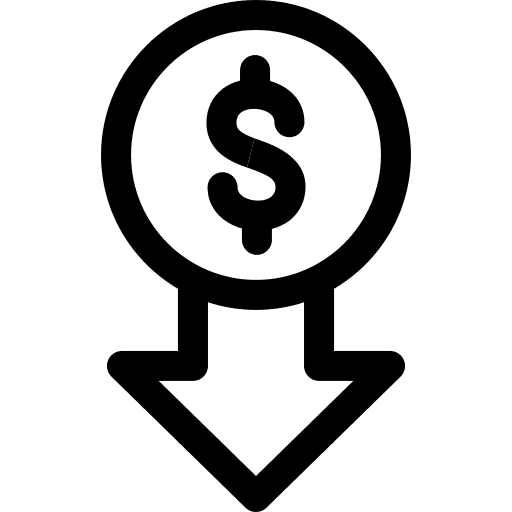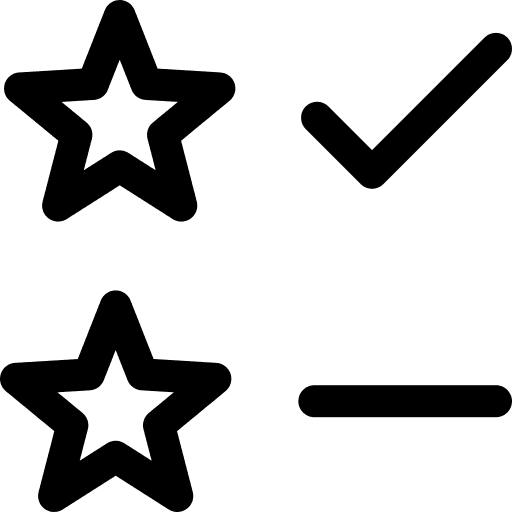5-year fixed rate loan example
You are looking to buy a $750,000 home. You've saved up a 20% deposit and so you need to borrow the remaining $600,000.
You apply for an owner-occupier home loan with a 30-year loan term. It's a 5-year fixed interest rate of 5.00%.
This means that for the first 5 years of the loan your monthly repayment is $3,221, every single month.
After the 5-year fixed period the loan reverts to your lender's standard variable interest rate. Given that it's quite hard to forecast rates that far ahead, it's impossible to know what that future rate will be.





